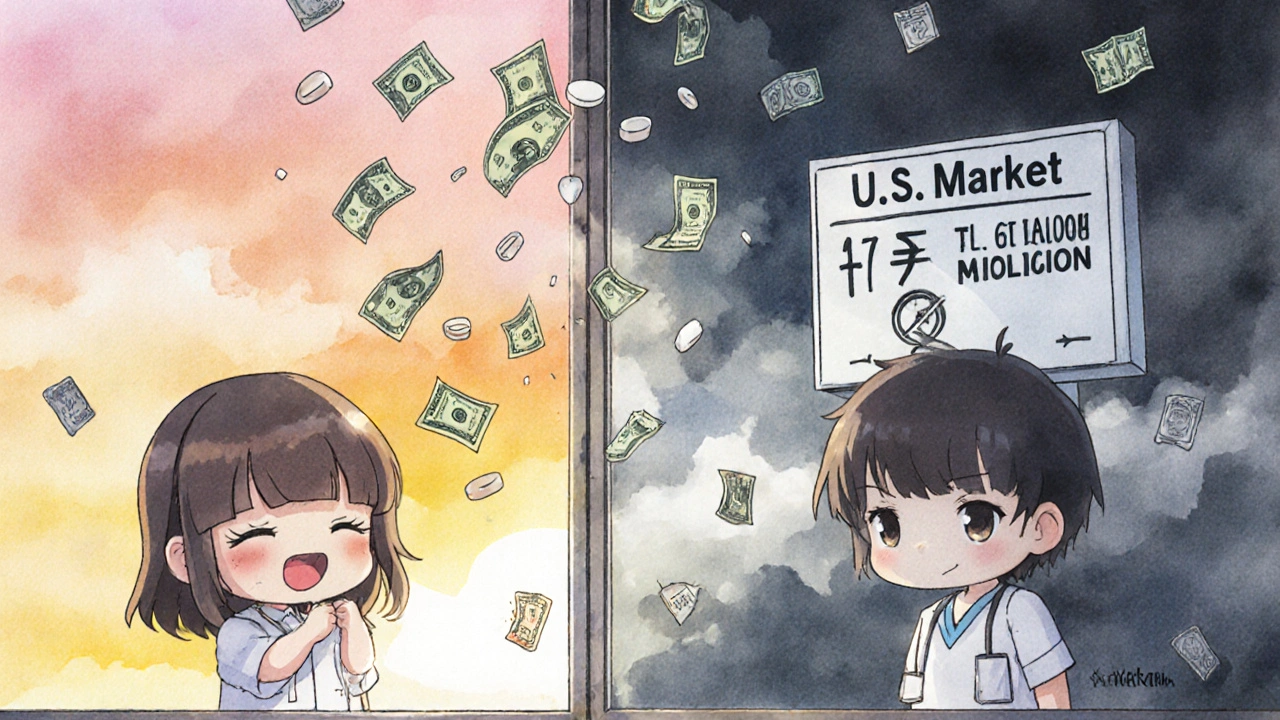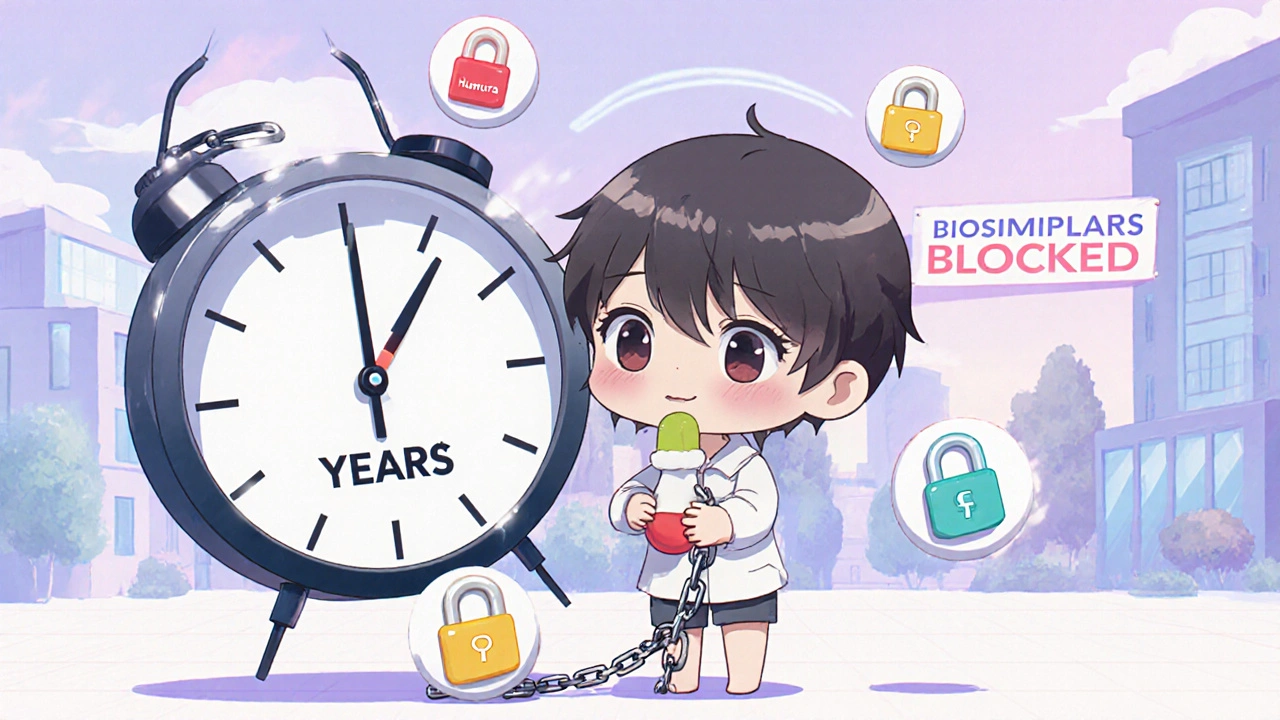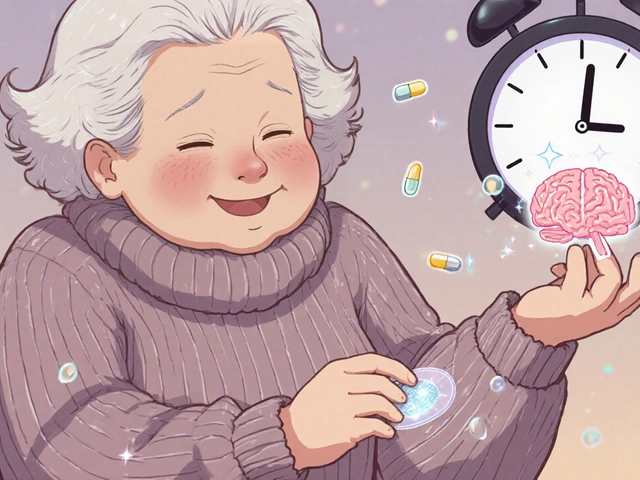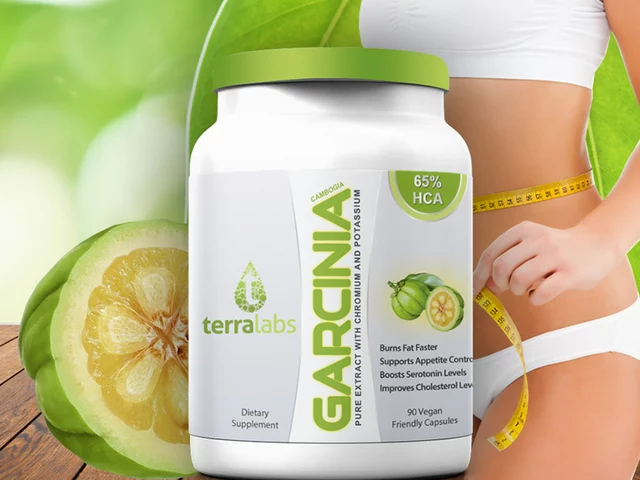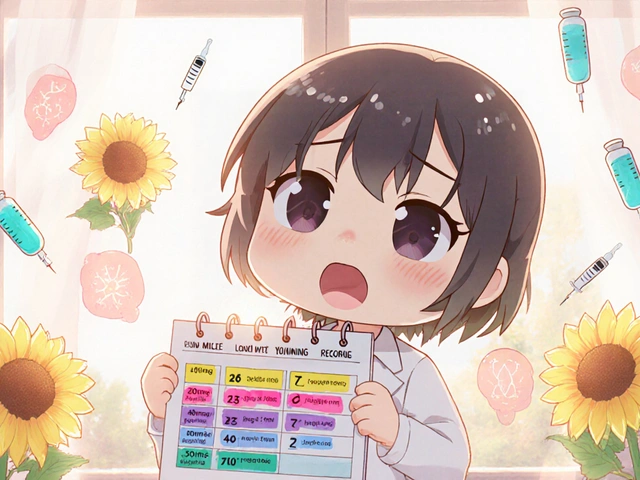When a biologic drug hits the market, it doesn’t just come with a price tag-it comes with a legal shield. In the U.S., that shield lasts 12 years. During that time, no biosimilar can be approved, no matter how similar it is or how much cheaper it could be. This isn’t just a technicality. It’s a system designed to protect innovation, but one that also delays affordable alternatives for millions of patients.
What Exactly Is a Biologic, and Why Does It Matter?
Biologics are medicines made from living organisms-cells, proteins, or tissues. Think of them as complex, living drugs. Insulin, Humira, Enbrel, and cancer treatments like Herceptin are all biologics. Unlike traditional pills (generics), which are chemically synthesized and easy to copy, biologics are made in living cells. Even tiny changes in the manufacturing process can alter how they work. That’s why you can’t just make a direct copy. You have to make a biosimilar. The FDA defines a biosimilar as a product that is “highly similar” to an approved biologic, with no clinically meaningful differences in safety, purity, or potency. That sounds straightforward. But getting there? It’s anything but.The 12-Year Clock: How the BPCIA Controls Entry
The rules for biosimilar entry are set by the Biologics Price Competition and Innovation Act (BPCIA) of 2009. It’s not just one rule-it’s two layers of protection. First, there’s a 4-year data exclusivity period. During this time, a biosimilar company can’t even submit an application to the FDA. They can’t start the process. They have to wait. Then comes the 12-year market exclusivity. Even after those four years, the FDA still can’t approve a biosimilar until 12 years after the original drug was approved. That’s a full decade and a half of protection before competition can legally begin. This isn’t arbitrary. The law was written to balance two goals: reward companies for investing in expensive, risky biologic research, and eventually let cheaper versions enter the market. But in practice, the 12-year window often feels like a lock.Patent Thickets: The Hidden Delay Tactic
The BPCIA also created something called the “patent dance.” It sounds like a formal procedure, but it’s become a legal battleground. Here’s how it works: When a biosimilar company applies to the FDA, they must share their application with the original drug maker. The original company then lists every patent they think might be violated-sometimes dozens. Then the biosimilar company responds, saying which patents they believe are invalid or don’t apply. Then both sides negotiate which patents to fight over. It’s supposed to be a way to avoid endless lawsuits. But it rarely works that way. Take Humira. Its main patent expired in 2016. But AbbVie, the maker, held over 160 patents on the drug. They used those to file lawsuits against every biosimilar company that tried to enter. Each lawsuit delayed approval by months, sometimes years. By the time the first Humira biosimilar got FDA approval in 2023, it was seven years after Europe had already started selling cheaper versions. This isn’t rare. It’s standard. According to Duke University law professor Arti Rai, 87% of biosimilar legal cases involve multiple patent claims. These aren’t just about protecting real innovation-they’re about stretching out monopolies.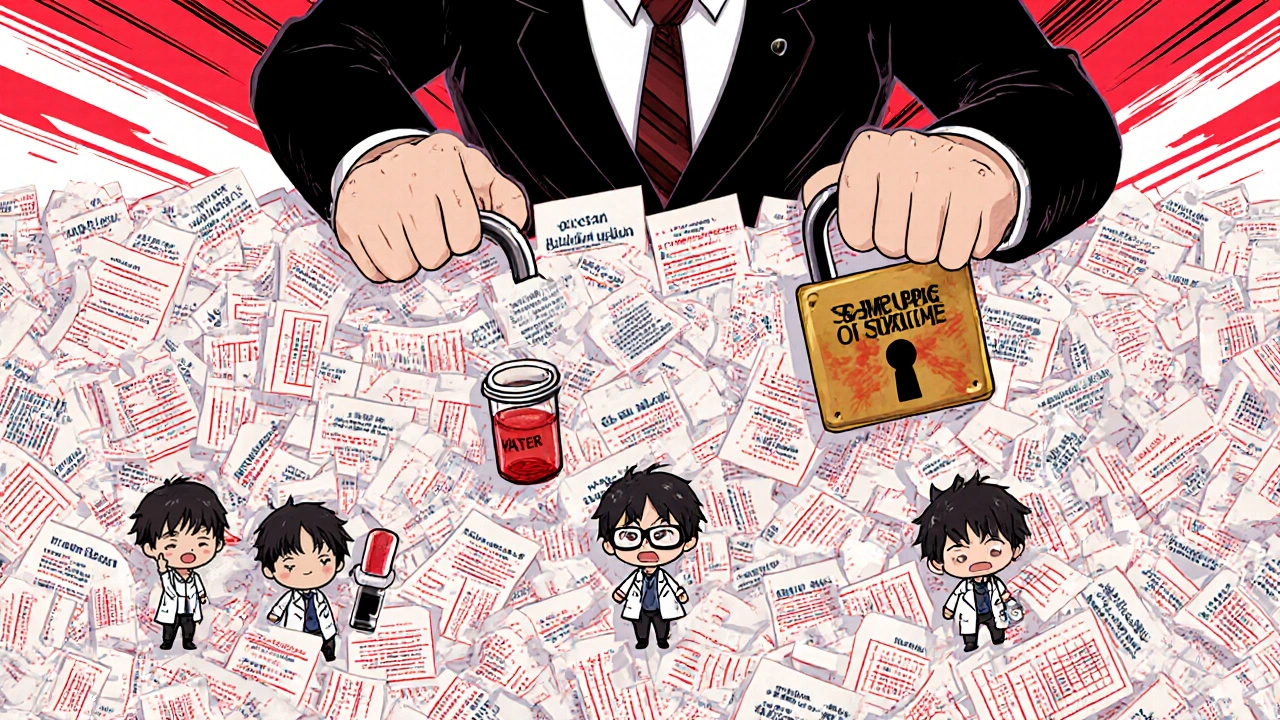
Why the U.S. Lags Behind the World
The U.S. isn’t the only country with biologic protections. But it has the longest. - The European Union gives 10 years of data exclusivity, plus 1 year of market exclusivity-11 total. - Japan offers 8 years of data exclusivity and 4 years of market exclusivity-also 12, but with different timing. - South Korea gives 10 years of data exclusivity and no extra market protection. The result? Patients in Europe got access to biosimilars for Humira in 2018. In the U.S.? Not until 2023. That five-year gap cost American patients an estimated $167 billion in extra spending on biologics, according to I-MAK. And it’s not just Humira. Enbrel, Eylea, and others followed the same pattern. By the time biosimilars finally entered the U.S., prices had skyrocketed. Meanwhile, in Europe, prices dropped 30-70% after biosimilars arrived.The Cost of Waiting: Real People, Real Pain
Behind every delay is a patient who can’t afford treatment. Dr. Peter Bach from Memorial Sloan Kettering found that U.S. patients pay up to 300% more than Europeans for the same biologic drugs. A patient on Humira in the U.S. might pay $7,000 a month. In Germany? Around $2,000 after biosimilars entered. The National Community Pharmacists Association surveyed pharmacists in 2022. 63% said they’d had patients stop taking their biologic because they couldn’t afford it. 78% believed the current patent system unnecessarily delays access. For someone with rheumatoid arthritis, Crohn’s disease, or cancer, waiting five extra years for a cheaper option isn’t just inconvenient-it’s dangerous. Many patients delay treatment, skip doses, or drop out entirely.